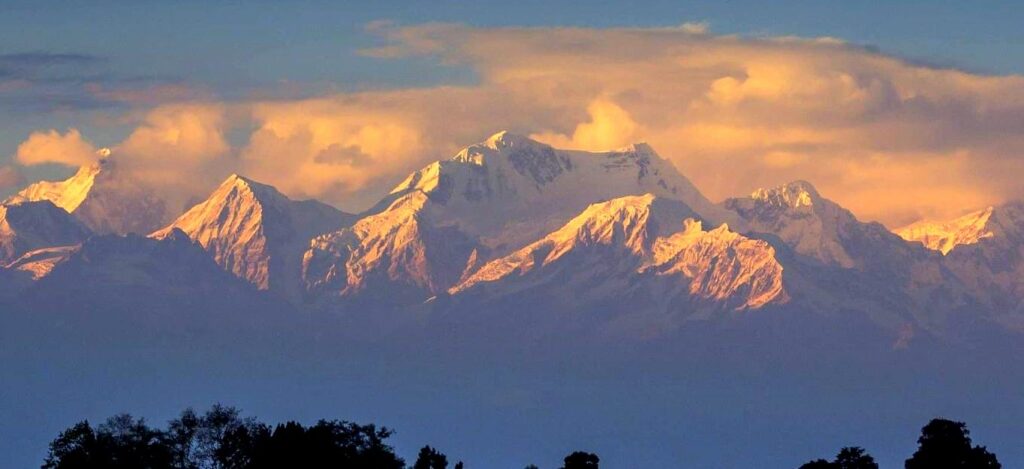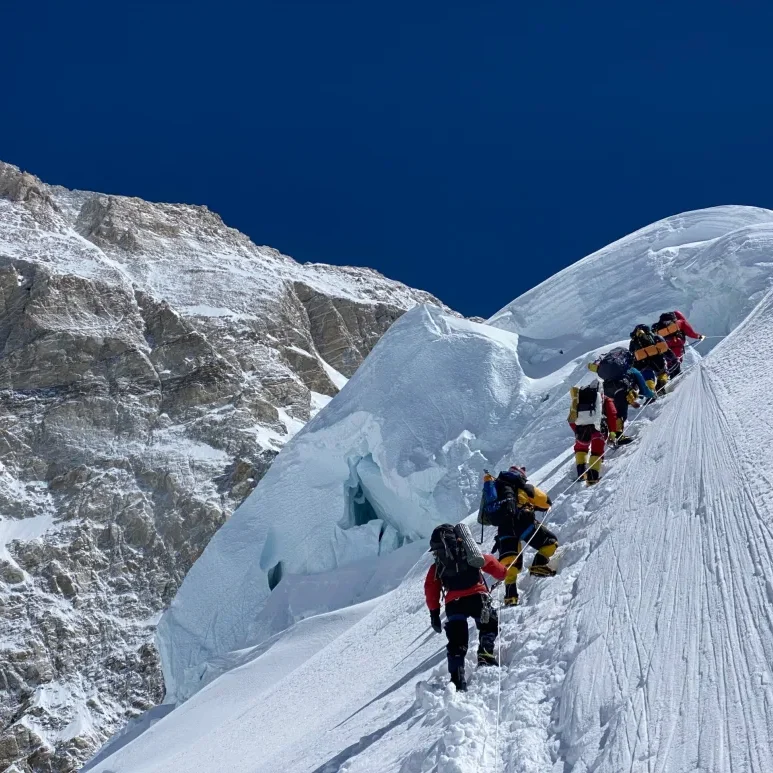Thursday May 29th, 2025

Context: Why in News?
The scaling of Mount Kanchenjunga (also spelled Khangchendzonga), the world’s third-highest peak, has recently ignited a significant controversy, particularly in Sikkim. The Sikkim Chief Minister, Prem Singh Tamang, and various indigenous organizations, including the Sikkim Bhutia Lepcha Apex Committee (SIBLAC), have strongly condemned recent ascents, notably by a team from the National Institute of Mountaineering and Adventure Sports (NIMAS) from the Nepal side. These groups argue that such expeditions violate the deeply held religious sentiments and cultural beliefs of the Sikkimese people, who consider the mountain a sacred guardian deity, and also contravene existing laws prohibiting climbing on the Sikkim side.
What is it?
- Mount Kanchenjunga: The third highest mountain in the world, standing at 8,586 meters (28,169 feet). It is located in the Himalayas, straddling the border between Nepal and the Indian state of Sikkim.
- Sacred Status: For the indigenous communities of Sikkim, particularly the Lepchas and Bhutias, Kanchenjunga is not merely a geographical feature but a revered guardian deity. Its name translates to “Five Treasures of the High Snows,” symbolizing five divine treasures hidden within its peaks. It is considered the abode of the principal guardian and protector-deity of Sikkim, known as ‘Dzoe-Nga.’
- Legal Prohibition: The Government of Sikkim, respecting these beliefs, officially banned expeditions to Mount Kanchenjunga from the Indian side in 2001 (reinforced by a 1998 notification and backed by the Places of Worship (Special Provisions) Act, 1991). Article 371(F) of the Indian Constitution also safeguards Sikkim’s cultural and religious laws post its 1975 merger with India.
- Controversy: The current controversy stems from expeditions (including the NIMAS team) that have reportedly summited the peak from the Nepal side, where no such ban exists. This has caused “emotional hurt” and is seen as a “desecration” by the Sikkimese people, prompting appeals to the Central Government to engage diplomatically with Nepal to extend the ban.

Importance:
- Cultural and Religious Heritage: The controversy highlights the critical importance of respecting and preserving the unique cultural and religious heritage of indigenous communities, whose identity is intrinsically linked to natural landscapes.
- Environmental Conservation: Beyond sacredness, uncontrolled climbing activities pose environmental threats, including waste accumulation and ecological disruption in a UNESCO Mixed World Heritage Site (Kanchenjunga National Park).
- Legal Precedent: The issue brings into focus the enforcement of laws protecting sacred sites and the complexities of managing shared natural resources across international borders.
- Indigenous Rights: It underscores the rights of indigenous peoples to self-determination regarding their sacred lands and cultural practices.
Relevance:
- Tourism vs. Sacredness: The debate reflects a global tension between promoting adventure tourism (climbing) and preserving sacred natural sites as per local customs and beliefs.
- Inter-State and International Diplomacy: Sikkim’s appeal to the union home minister to engage with Nepal indicates the need for diplomatic solutions to transboundary cultural and environmental issues.
- Constitutional Safeguards: The invocation of Article 371(F) and the Places of Worship Act, 1991, emphasizes the legal mechanisms available for protecting unique regional identities and religious sites in India.
- Public Sentiment and Governance: The strong public and political condemnation in Sikkim demonstrates the importance of considering local sentiments in national and international policy decisions.
Significance:
- Symbol of Indigenous Identity: Kanchenjunga is a powerful symbol of Sikkimese identity, embodying their history, spirituality, and unique cultural blend of Buddhist and pre-Buddhist traditions.
- Global Recognition of Sacred Sites: The controversy contributes to the broader global discourse on the need for greater respect for sacred mountains and natural sites, drawing parallels with places like Mount Kailash (banned for climbing).
- Sustainable Development: It reinforces the idea that economic development (like tourism) must be balanced with environmental sustainability and cultural preservation.
- Ethical Mountaineering: The tradition established by the first successful climbers in 1955, who stopped short of the summit out of respect, serves as an ethical benchmark that many now feel has been disregarded.


The Kanchenjunga scaling controversy is a potent reminder of the profound spiritual and cultural significance that natural landscapes hold for indigenous communities. It highlights the complex interplay between modern adventure pursuits, traditional beliefs, and the imperative for respectful governance that upholds both national ambitions and local cultural rights. Resolving this issue will require sensitive diplomatic engagement and a renewed commitment to safeguarding sacred sites for future generations, honouring both legal provisions and deeply ingrained human reverence.
“A mountain is not just a mass of rock and ice; for those who live in its shadow, it can be a living deity, a repository of history, and the very heart of their cultural soul.”

